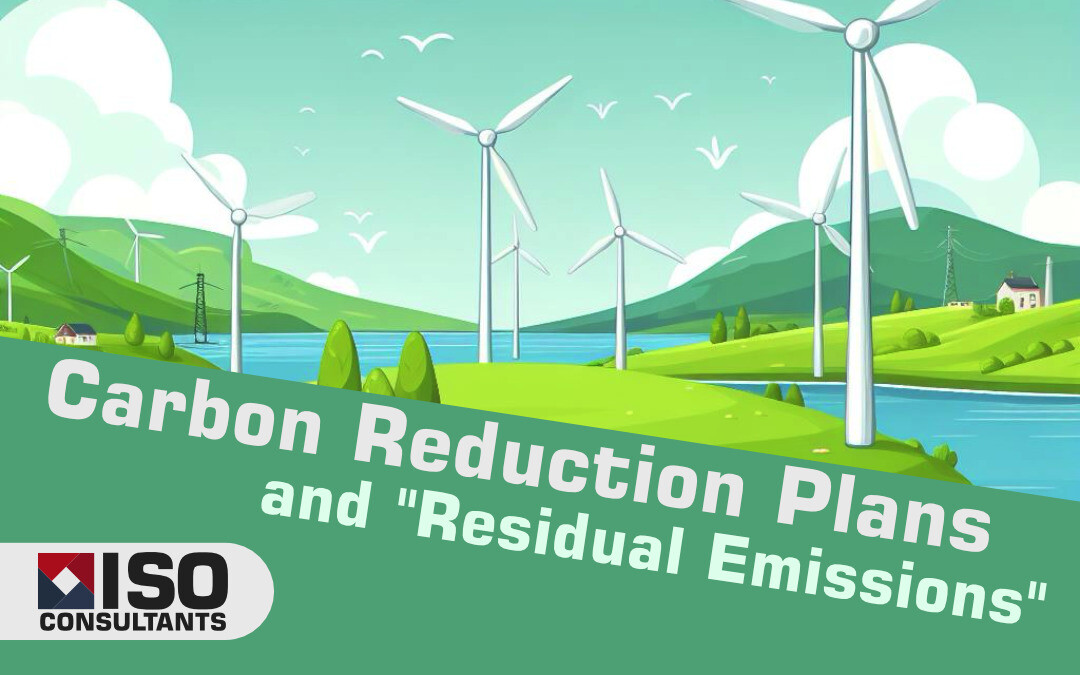The UK Government has begun asking UK companies to provide Carbon Reduction Plans with new tenders over a certain value. They’ve also provided a template for such plans, and a service to review them for suitability, though they don’t seem to want to say how much the review is going to cost. These documents can be seen here. The government’s own plan and policies can be seen here, and covers reductions in business travel the government expects to see. Presumably Rishi Sunak hasn’t yet read this policy as his excessive level of private air travel has already been reported in the press (see here).
There seem to be two key pieces of information covering this issue at present:
Procurement Policy Note 06/21
Taking account of Carbon Reduction Plans in the procurement of major government contracts
PAS 2060: Specification for the demonstration of carbon neutrality
(PAS stands for Publicly Available Specification, and is often the way documents are circulated for discussion before being released as British Standards.)
In addition, the International Standards Organisation has also released a series of standards on carbon neutrality, in the range ISO 14060, with ISO 14064-2 describing the methods to be used for baselining and reducing carbon generation.
They all describe methods for quantifying and reducing carbon generation, though perhaps redictably each has a slightly different method, so will give different answers!
The ISO also produced IWA 42:2022, an “International Workshop Agreement” which defines Net Zero Guidelines. This last document goes further in defining the various terms used in carbon reduction discussions, which, while there is no internationally agreed method of measuring carbon generation, does show that the various powers that be are beginning to take the issue slightly more seriously. Interestingly it also includes 3.2.9 Residual Emission: greenhouse gas emission that remains after taking all possible actions to implement emissions reductions – which seems like the first formal, but sensible, acceptance that the creation of greenhouse gas emissions can never be fully prevented.
The UK Governments Guidance on PPN 06/21, includes the following statement:
Between 1990 and 2017, the UK reduced its emissions by 42% while growing the economy by more than two thirds. In 2019 the UK Government amended the Climate 9 Change Act 2008 by increasing the target for reducing greenhouse gas emissions in the UK to at least 100% lower than 1990 levels by 2050. This is otherwise known as the Net Zero target.
At present it doesn’t seem clear why the phrase “100% lower” was used. After all, if the target is zero greenhouse gas emissions by 2050, then why not simply say that?
It’s also not clear where this leaves “residual emissions” or who will stipulate what is an acceptable residual, and when.
Struggling to navigate the complexities of crafting a carbon reduction plan that aligns with the latest standards and regulations? Our experts are here to help. If you’d appreciate some guidance in developing a reduction plan that complies with the current knowledge base, why not reach out to us? Drop us a line.
Contact us HERE

